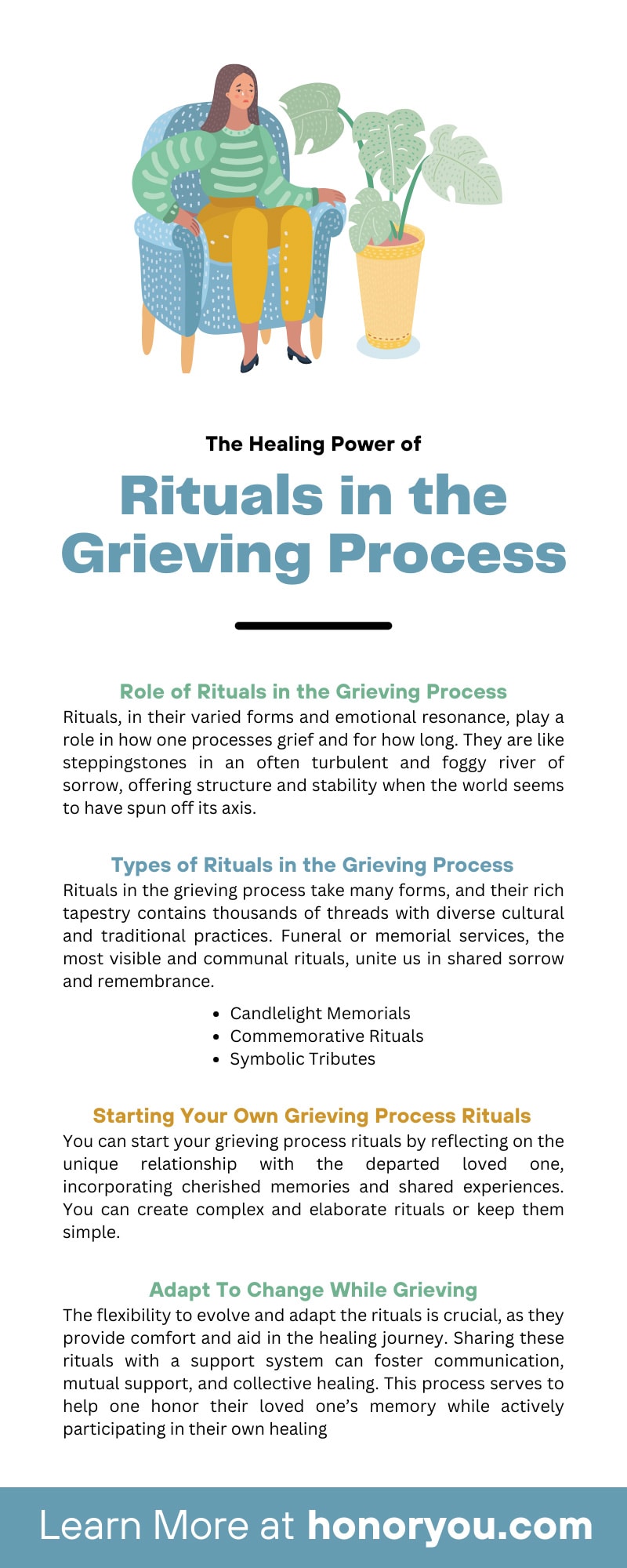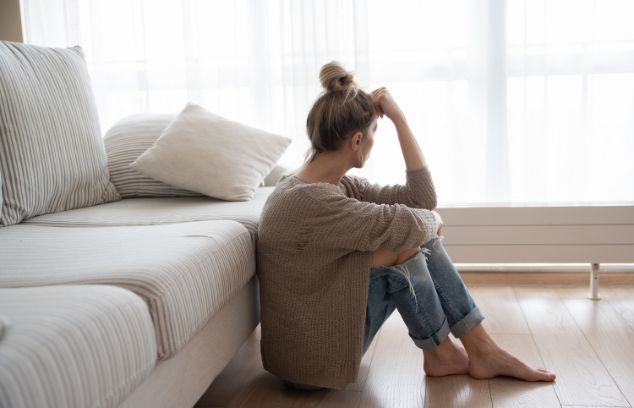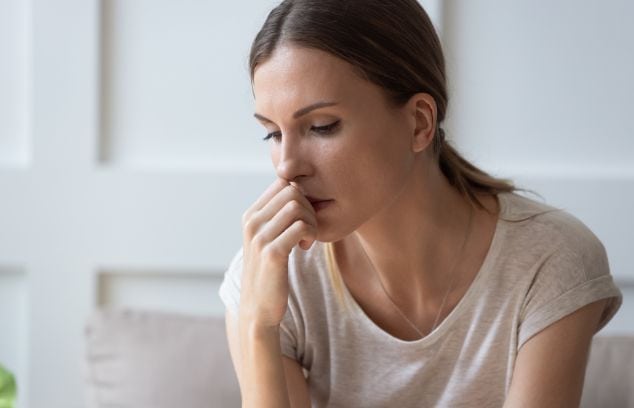The Healing Power of Rituals in the Grieving Process

Benefits of Getting a QR Code for Your Funeral Service
December 12, 2023
Ideas for Paying Tribute to a Loved One Who Has Died
December 28, 2023In the tranquil corners of our hearts, we find a chaotic rhythm of grief interrupting the soothing flow of life. These threads that once held our emotions tightly have broken loose, unleashing strands of sorrow in a sea of dwelling despair.
When witnesses to death, whether personal or through friends, we often find ourselves lost with words, unable to recover. However, rituals can help us recover wholeheartedly. Rituals are traditional practices that span across cultures; many countries, cultures, and families have their own ways of dealing with the turbulent aftermath of loss. The significance of rituals in our journey toward healing is impossible to overstate. Read on to learn more about the healing power of rituals in the grieving process.
Role of Rituals in the Grieving Process
Rituals, in their varied forms and emotional resonance, play a role in how one processes grief and for how long. They are like steppingstones in an often turbulent and foggy river of sorrow, offering structure and stability when the world seems to have spun off its axis. When loss lays heavy on our hearts, these rituals allow us to express our emotions, acting as a language when words fail us. They allow us to shout into the void, to laugh through tears, and to find solace in shared memories.
Fostering Connections
Rituals also foster connections, knitting together the hearts of those who grieve. We find a sense of unity in the shared silence of candlelight or the collective release of balloons skyward. These actions can be a tender acknowledgment that we are not alone in our grief. They are a testament to the human capacity for empathy and support, even in the darkest hours.
Achieving Significant Milestones
Rituals even serve as markers of significant milestones in our grief journey. They help us acknowledge the passage of time and the subtle shifts in our emotional landscape. Each ceremonial act, each commemorative ritual, stands as a beacon of our resilience, a testament to our ability to honor our loved ones even in their absence. Engaging in rituals is celebrating life, love, and the strength inherent in remembrance.
Types of Rituals in the Grieving Process
Rituals in the grieving process take many forms, and their rich tapestry contains thousands of threads with diverse cultural and traditional practices. Funeral or memorial services, the most visible and communal rituals, unite us in shared sorrow and remembrance. They offer us a haven to express our grief openly, to eulogize our loved ones, and to find comfort in the collective mourning.
Candlelight Memorials
Lighting candles or creating a sacred space provides a more intimate ritual, enveloping our grief in a comforting glow. The flickering flame is a silent testament to the life that was, igniting memories and providing a beacon of hope in the dark.
Commemorative Rituals
Commemorative rituals, held on anniversaries or special occasions, are poignant reminders of how our bonds transcend death’s finality. They can be as varied as releasing a balloon to the skies, planting a tree, or simply revisiting a favorite shared spot. Each one is a testament to the enduring power of love.
Symbolic Tributes
Symbolic actions, such as writing letters to a departed loved one or burning incense, act as tangible expressions of our nonphysical emotions. They give form to our grief, allowing us to let go, literally and metaphorically.
Examples of Rituals in Different Cultures
Every culture has its unique way of navigating the labyrinth of grief, their rituals reflecting the rich tapestry of their beliefs, customs, and values. In Japan, the Kuyo ritual is a poignant expression of grief. Families make offerings of food and other items to departed loved ones, a beautiful testament to the enduring bond between the living and the dead. What about the rest of our world? Explore some of the rituals other cultures do in memory of the departed.
Dia de los Muertos in Mexico
In Mexico, Dia de Los Muertos is a vibrant celebration of life and death that traditionally falls on November 1st and 2nd. Some families celebrate by creating ofrendas, or altars, adorned with photographs, favorite foods, and special possessions of the deceased. These altars invite their spirits back to the world of the living. This ritual infuses color and joy into the monochrome palette of grief.
Australian Indigenous Communities
Australian Indigenous communities engage in “Sorry Business,” a complex series of rituals that involve the whole community. From smoking ceremonies to cleanse the spirit to communal mourning and avoidance of the deceased’s name, these practices create a collective cocoon of support and solace.
Jewish Traditions
In Jewish tradition, the Shiva period of mourning involves a week of intense grief, where mourners stay at home, and visitors come to offer comfort. Throughout this time, the focus is on introspection and honoring the memory of the departed. This ritual brings a sense of community and solidarity, wrapping the grieving individuals in an embrace of shared remembrance.
Fantasy Coffins in Ghana
In Ghana, the ritual of abebuu adekai reflects the belief in life after death and the importance of a good send-off. Community members craft coffins in shapes representing the deceased’s occupation or passion, from fish for fishers to planes for pilots. This ritual celebrates the life lived, turning the concept of death into a continuation of one’s story.
Starting Your Own Grieving Process Rituals
Even in grief, maintaining and nurturing relationships while mourning is essential. Either work with others to create group rituals or do some privately. But whichever choice you make, be open and communicative with what you want. Creating personalized grieving rituals is a deeply transformative and individualized process that could require some collaboration, so try not to leave others out as you determine how to grieve.
You can start your grieving process rituals by reflecting on the unique relationship with the departed loved one, incorporating cherished memories and shared experiences. You can create complex and elaborate rituals or keep them simple. Regardless of the measure, every ritual you make is a tribute to the bond and a way to navigate grief.
Adapt To Change While Grieving
The flexibility to evolve and adapt the rituals is crucial, as they provide comfort and aid in the healing journey. Sharing these rituals with a support system can foster communication, mutual support, and collective healing. This process serves to help one honor their loved one’s memory while actively participating in their own healing.
Grief is a wild current in the middle of the ocean—fortunately, rituals can be the compass that guides us around these waves that rock us back and forth. Whether we find solace in our ancestors’ age-old customs or the newly formed rituals that speak to our journey today, these rituals hold tremendous power in grieving. As we navigate the seas of loss, let us turn to rituals as our guiding star. We honor our loved ones and ourselves by creating, embracing, and sharing these healing practices.
Today, consider creating a tangible keepsake of your loved one with Honor You’s beautiful and personalized memorial bookmarks as part of your healing journey. These bookmarks are a comforting reminder of the bond you shared and a beacon of hope guiding you through your healing process. So honor your journey, celebrate your loved ones, and honor your connections.



